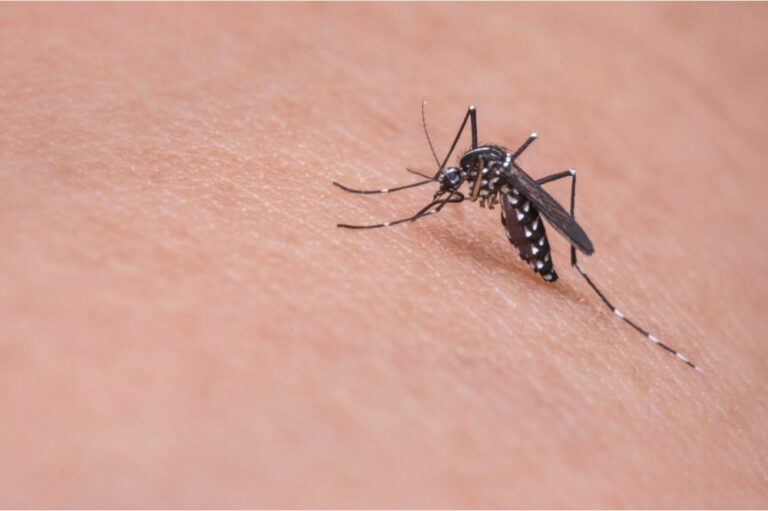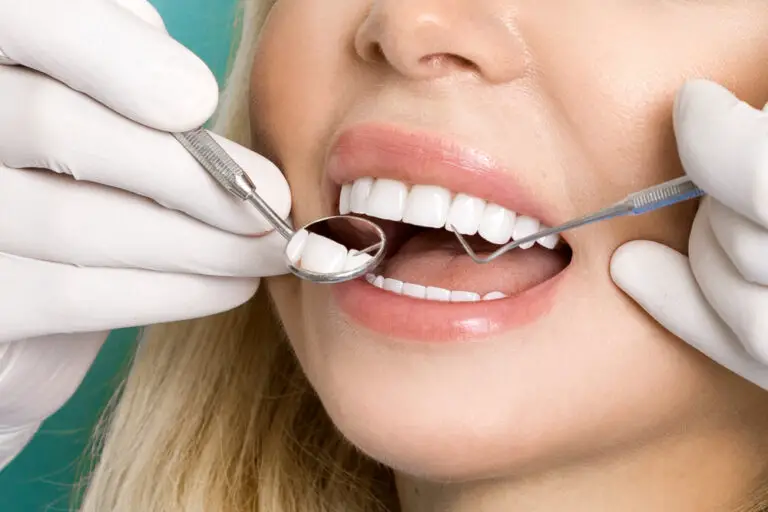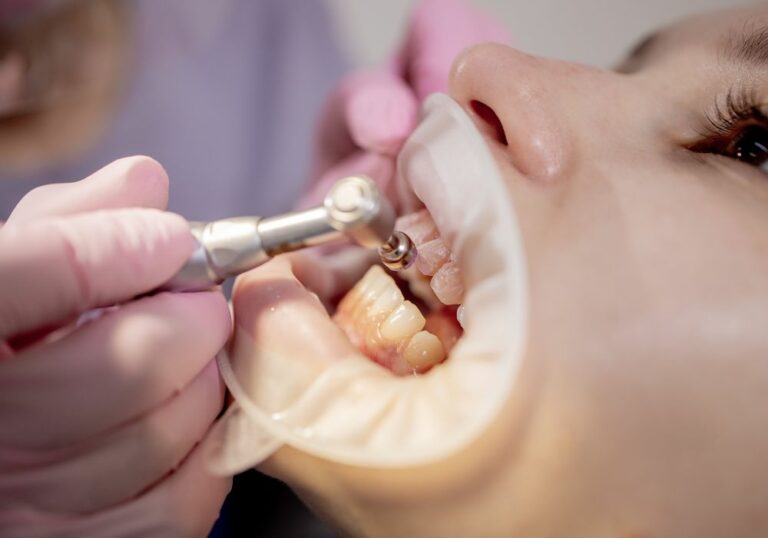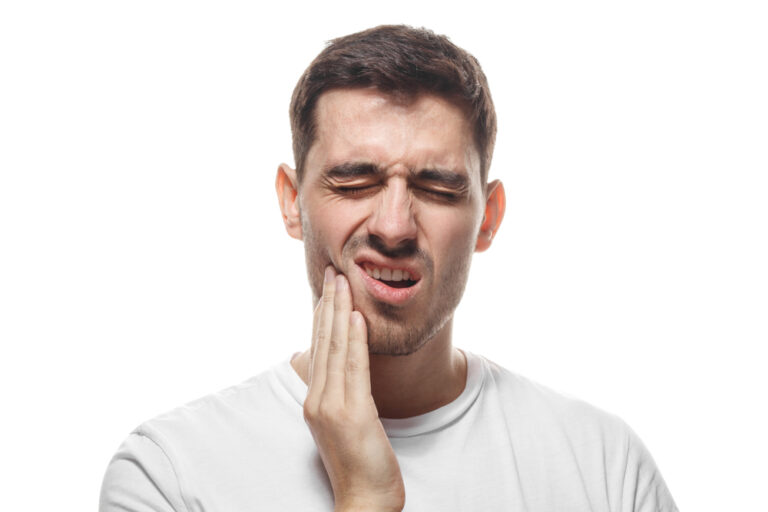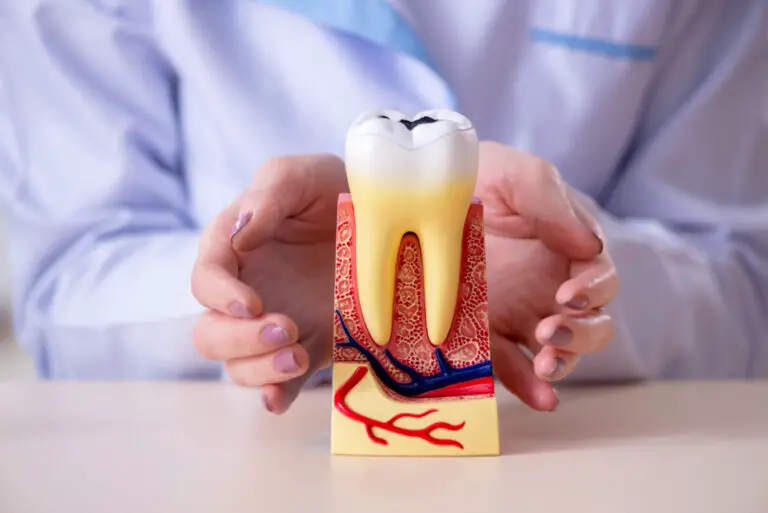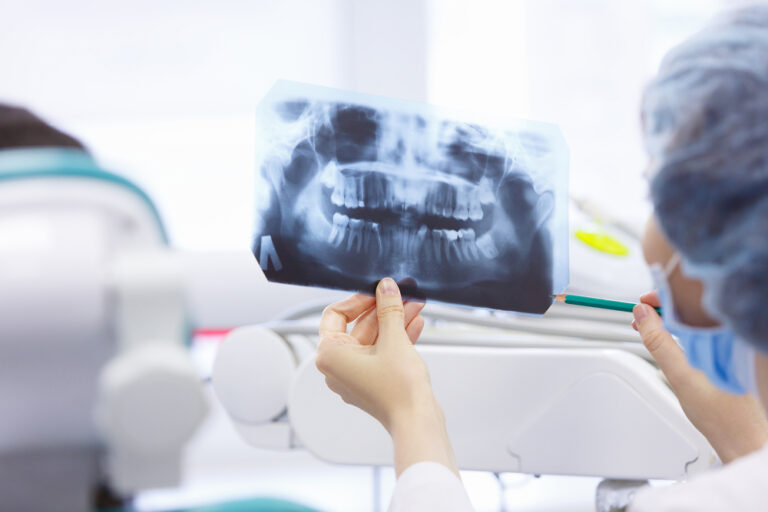Are you an avid user of teeth whitening strips? While these products can be effective in brightening your smile, it’s important to use them correctly and in moderation. Using too many teeth whitening strips can have negative consequences on your oral health, including damage to your tooth enamel and gums.
According to dental experts, overuse of teeth whitening strips can lead to tooth sensitivity, gum irritation, and even chemical burns. This is because most whitening strips contain peroxide, which can break down the protein in your tooth enamel and cause damage. Additionally, using whitening strips too often can cause your teeth to appear translucent or blue, rather than white.
So, how many teeth whitening strips should you use? The answer depends on the strength of the product and your individual oral health. It’s important to follow the instructions provided by the manufacturer and not exceed the recommended usage. If you experience any discomfort or sensitivity, it’s best to stop using the product and consult with your dentist.
Understanding Teeth Whitening Strips
Teeth whitening strips are a popular at-home teeth whitening option that can help remove surface stains on your teeth. They are easy to use and can provide noticeable results in just a few days. However, it is important to understand how these strips work and how to use them safely to avoid any potential risks.
Teeth whitening strips typically contain a bleaching agent, such as hydrogen peroxide or carbamide peroxide, which helps to remove stains from the surface of your teeth. The strips are made of a thin, flexible material that adheres to your teeth and can be worn for a specified amount of time, usually between 30 minutes to an hour.
It is important to follow the instructions provided with the strips carefully. Using too many strips or leaving them on for too long can lead to tooth sensitivity and gum irritation. Additionally, overuse of teeth whitening strips can damage the enamel on your teeth, making them more vulnerable to decay and other dental problems.
When using teeth whitening strips, it is also important to maintain good oral hygiene habits, such as brushing and flossing regularly, to prevent further staining and maintain the health of your teeth and gums.
Overall, teeth whitening strips can be an effective and convenient way to brighten your smile, but it is important to use them safely and as directed to avoid any potential risks.
The Science Behind Teeth Whitening Strips

Teeth whitening strips are a popular at-home teeth whitening option. They work by applying a thin layer of gel to the teeth, which contains a bleaching agent that removes stains and discoloration. In this section, we’ll take a look at the active ingredients and the mechanism of action behind teeth whitening strips.
Active Ingredients
The active ingredients in teeth whitening strips are usually either hydrogen peroxide or carbamide peroxide. These chemicals work by breaking down the stains on the teeth into smaller, less visible pieces. The concentration of these chemicals can vary depending on the brand and the strength of the whitening strips.
Mechanism of Action
When you apply the whitening strips to your teeth, the gel comes into contact with the enamel and begins to break down the stains. The peroxide in the gel penetrates the enamel and reacts with the molecules that cause the discoloration. This reaction causes the molecules to break down into smaller, less visible pieces, which makes the teeth appear whiter.
It’s important to note that overuse of teeth whitening strips can be harmful to your teeth. The bleaching agents in the gel can damage the enamel and cause sensitivity. It’s recommended that you use whitening strips no more than once a day, and only for the recommended amount of time.
In conclusion, teeth whitening strips are an effective at-home teeth whitening option, but it’s important to use them responsibly. The active ingredients in the gel work by breaking down stains on the teeth, but overuse can cause damage to the enamel. Be sure to follow the instructions carefully and only use the strips as directed.
Potential Risks of Overusing Teeth Whitening Strips
If you’re a fan of teeth whitening strips, it’s important to use them in moderation. Overusing them can lead to potential risks. Here are some of the potential risks of overusing teeth whitening strips:
Enamel Damage
Teeth whitening strips can damage your enamel if used too frequently. Enamel is the outermost layer of your teeth that protects them from damage. Overusing teeth whitening strips can strip away this protective layer, making your teeth more vulnerable to damage.
Gum Irritation
Teeth whitening strips can also cause gum irritation if used too frequently. The chemicals in the strips can irritate your gums, causing them to become red, swollen, and painful. If you experience gum irritation, it’s important to stop using the strips and consult with your dentist.
Tooth Sensitivity
Overusing teeth whitening strips can also lead to tooth sensitivity. The chemicals in the strips can penetrate the enamel and irritate the nerves in your teeth, causing them to become more sensitive to hot and cold temperatures. If you experience tooth sensitivity, it’s important to stop using the strips and consult with your dentist.
To avoid these potential risks, it’s important to use teeth whitening strips as directed and in moderation. It’s also important to consult with your dentist before using any teeth whitening products to ensure they are safe for your teeth and gums.
Recommended Usage of Teeth Whitening Strips
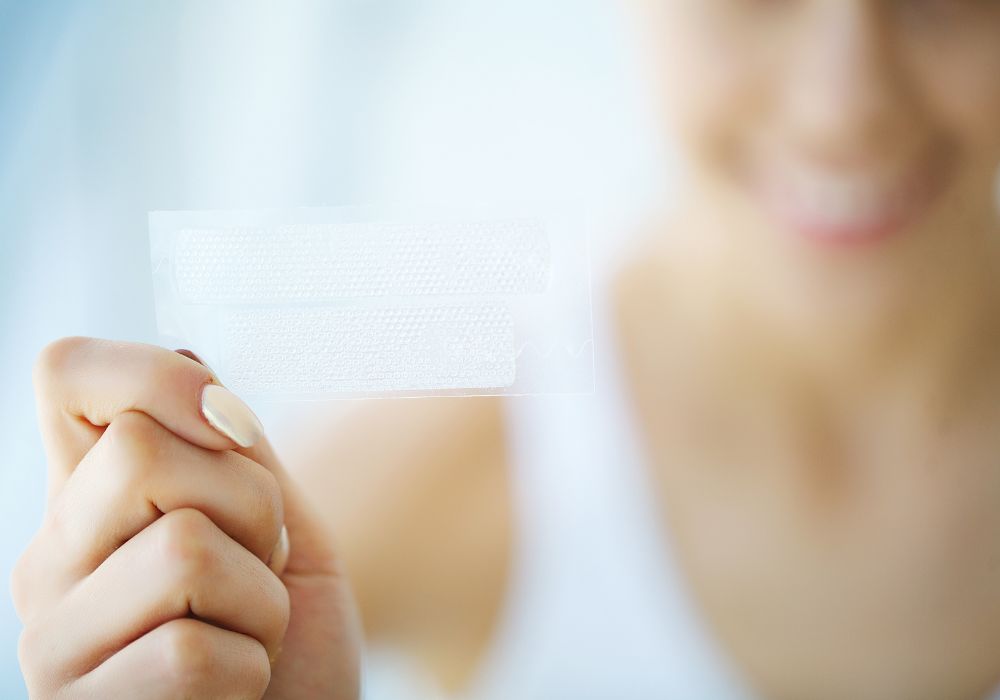
Teeth whitening strips are a popular and convenient way to brighten your smile. However, it’s important to use them correctly to avoid any potential side effects. Here are some recommended guidelines for using teeth whitening strips:
Choose the Right Product
Before using any teeth whitening strips, make sure to choose a product that is safe and effective. Look for products that are approved by dental associations and have positive reviews from other users. It’s also important to follow the instructions carefully and not exceed the recommended usage.
Brush Your Teeth Beforehand
Before applying the strips, it’s recommended to brush your teeth thoroughly to remove any food particles or plaque. This will ensure that the strips can make maximum contact with your teeth and provide better results.
Apply the Strips Correctly
When applying the strips, make sure to follow the instructions carefully. Place the strips evenly on your teeth, making sure that they cover the entire surface area. Avoid touching your gums, as this can cause irritation or sensitivity.
Use the Strips for the Recommended Time
Most teeth whitening strips are designed to be used for a specific amount of time, usually between 30 minutes to an hour. It’s important to follow the recommended usage time and not exceed it, as this can cause sensitivity or damage to your teeth and gums.
Don’t Overuse the Strips
While it may be tempting to use teeth whitening strips more frequently to achieve faster results, it’s important to avoid overusing them. Excessive use of teeth whitening strips can cause sensitivity, gum irritation, and even damage to your tooth enamel.
Consult with Your Dentist
If you have any concerns about using teeth whitening strips, it’s always a good idea to consult with your dentist. They can provide guidance on the best products to use and help you avoid any potential side effects.
Alternatives to Teeth Whitening Strips
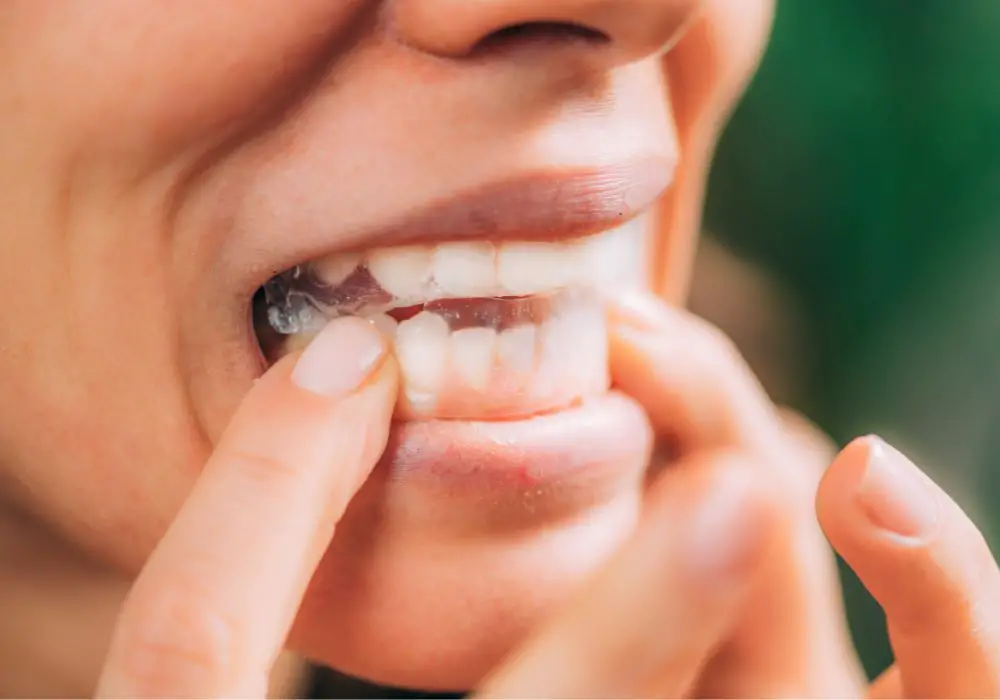
If you’re looking for alternatives to teeth whitening strips, there are many options available to you. Here are two alternatives to consider:
Professional Whitening
Professional teeth whitening is a safe and effective alternative to using teeth whitening strips. Your dentist can provide you with a customized whitening treatment that will give you the results you want without the risk of damaging your teeth.
Professional teeth whitening procedures use a higher concentration of whitening agents than over-the-counter products, which means you’ll see results faster. Your dentist will also take steps to protect your gums and other soft tissues from the whitening agents, so you won’t experience any sensitivity or irritation.
Natural Remedies
If you prefer a more natural approach to teeth whitening, there are several remedies you can try at home. Here are a few options:
- Oil pulling: Swishing oil around in your mouth can help remove surface stains from your teeth. Try using coconut oil, sesame oil, or sunflower oil for 15-20 minutes a day.
- Baking soda: Brushing your teeth with baking soda can help remove stains and brighten your smile. Mix a small amount of baking soda with water to create a paste, then brush your teeth for 2 minutes.
- Apple cider vinegar: Gargling with apple cider vinegar can help remove surface stains from your teeth. Mix 1 part apple cider vinegar with 2 parts water and swish it around in your mouth for 1-2 minutes.
Remember, natural remedies may take longer to show results than professional teeth whitening or over-the-counter products. Be patient and consistent with your routine, and you’ll see a brighter smile over time.
Frequently Asked Questions
How often should I use Crest 3D White strips with Light?
Crest 3D White strips with Light should be used once a day for 30 minutes. Using them more often or for longer periods of time can cause sensitivity and damage to your teeth and gums.
What happens if you leave whitening strips on longer than 30 minutes?
Leaving whitening strips on longer than 30 minutes can cause sensitivity and damage to your teeth and gums. It is important to follow the instructions provided with the strips and not leave them on for longer than recommended.
How long do whitening strips take to work?
Whitening strips can take anywhere from a few days to a few weeks to show results, depending on the severity of the discoloration. It is important to follow the instructions provided with the strips and not to use them more often than recommended.
Is it bad to use whitening strips too often?
Using whitening strips too often can cause sensitivity and damage to your teeth and gums. It is important to follow the instructions provided with the strips and not to use them more often than recommended.
How many whitening strips is too much?
Using more than the recommended amount of whitening strips can cause sensitivity and damage to your teeth and gums. It is important to follow the instructions provided with the strips and not to use them more often than recommended.
What happens if you overuse whitening strips?
Overusing whitening strips can cause sensitivity and damage to your teeth and gums. It is important to follow the instructions provided with the strips and not to use them more often than recommended. If you experience any discomfort or pain, stop using the strips and consult with your dentist.

